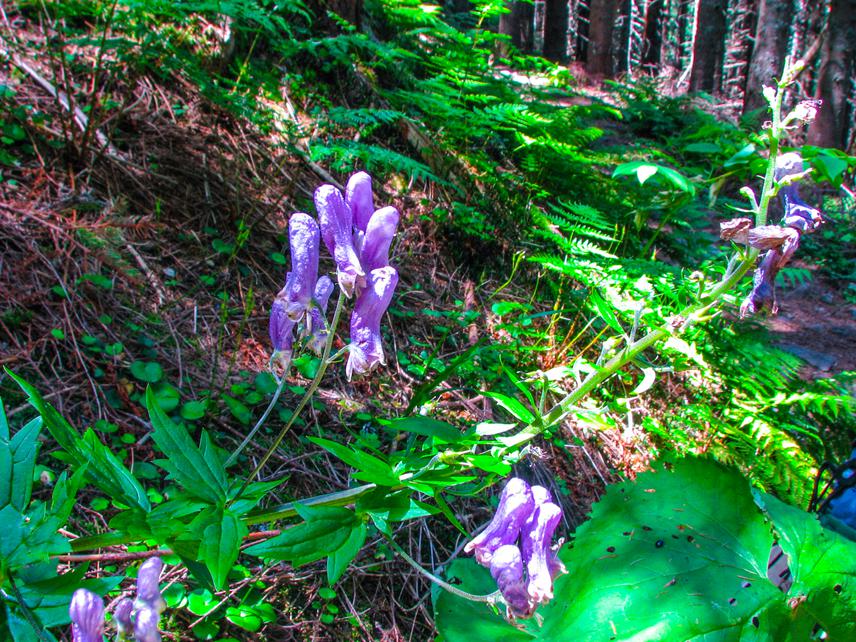Andriy Novikov
Other projects
25 Nov 2014
Monkshoods in Chornogora Mts. (Ukrainian Carpathians): What, Why and How we Should Protect?
The aim of this project is to analyze distribution, populations’ structure, and ecological preferences of Aconitum in Gorgany Mts., what allows evaluate threats and elucidate the pathways for conservation.

Aconitum moldavicum.
This project aims to expand study area of genus Aconitum to the new region of Ukrainian Carpathians – Gorgany Mts., one of the few regions representing alpine belt and characterized by specific stone scatterings, covering mountain summits. Gorgany Mts. represent relict forests and number of unique plant communities, scattering mostly in alpine and subalpine belts. It is one of the wildest, and, as result, hardest for exploration and least studied regions. For Gorgany Mts. only 7 Aconitum species (A. bucovinense, A. firmum, A. nanum, A. lasiocarpum, A. degenii, A. moldavicum, and A. variegatum) were mentioned for long time. However, my previous studies in 2011 revealed at least 9 Aconitum taxa for this region (including rare A. x czarnohorense and A. x nanum) and did not confirm presence of A. variegatum. From this number, 7 taxa are endemics/subendemics, and 5 are considered as VU or EN. Unfortunately, due the lack of data on genus taxonomy, distribution and current condition of populations, only A. lasiocarpum was included into the Red Book of Ukraine in 2009. Hence, the main aim of this project is to investigate taxonomical diversity, distribution, populations' structure and condition, as well as evaluate threats of monkshoods in Gorgany Mts.
On the base of obtained data, I will develop recommendations on protection of monkshoods, which will be shared with relevant nature conservation organizations and will serve for developing of regional Red Lists and next issue of Red Book of Ukraine. To make more practical outcomes, I will prepare brochures and posters, which will be circulated for free and will attract attention of wide community to the problems of rare taxa conservation. In this project I also will try to make deeper impact on wide community and will develop the card game, which will includes cards with rare plants of Ukrainian Carpathians, cards with factors of pressure, and cards with factors of preservation. I hope that this game will make long-time effect and will serve as teaching source for children and their families. Finally, I hope that on-line database, will be useful for other scientists over the world.